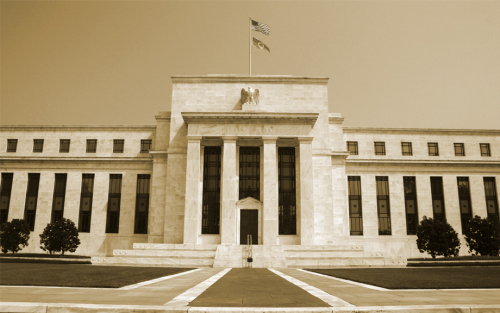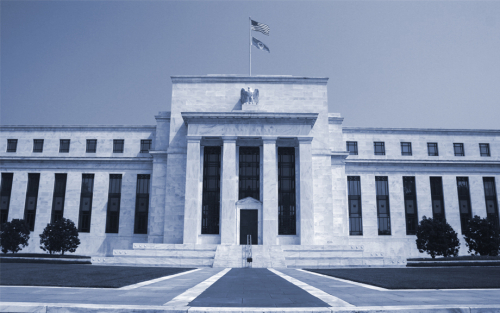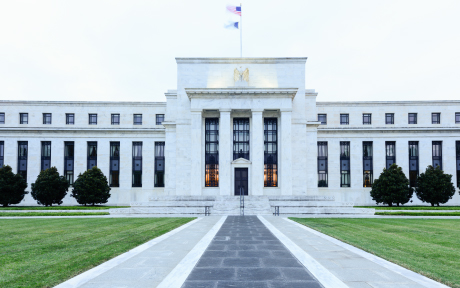Dealer Participation in the TSLF Options Program

Our previous post described the workings of the Term Securities Lending Facility Options Program (TOP), which offered dealers options for obtaining short-term loans over month- and quarter-end dates during the global financial crisis of 2007-08. In this follow-up post, we examine dealer participation in the TOP, including the extent to which dealers bid for options, at what fees, and whether they exercised their options. We also provide evidence on how uncertainty in dealers’ funding positions was related to the demand for the liquidity options.
Options of Last Resort

During the global financial crisis of 2007-08, collateral markets became illiquid, making it difficult for dealers to obtain short-term funding to finance their positions. As lender of last resort, the Federal Reserve responded with various programs to promote liquidity in these markets, including the Primary Dealer Credit Facility and the Term Securities Lending Facility (TSLF). In this post, we discuss an additional and rarely discussed liquidity facility introduced by the Fed during the crisis: the TSLF Options Program (TOP). The TOP was unique among crisis-period liquidity facilities in its provision of options. A follow-up post will analyze dealer participation in the TOP.
Measuring Trend Inflation with the Underlying Inflation Gauge
Which Dealers Borrowed from the Fed’s Lender‑of‑Last‑Resort Facilities?
Crisis Chronicles: The Panic of 1825 and the Most Fantastic Financial Swindle of All Time
Centered in London, the banking panic of 1825 has been called the first modern financial crisis, the first Latin American crisis, and the first emerging market crisis. And while the panic displayed many of the key elements of past crises we have covered—fluctuations in money growth, an investment bubble, a stock market crash, and bank runs—this crisis had its own twists, including a Bank of England that hesitated before stepping in as lender of last resort. But it is perhaps best known for an infamous bond market swindle surrounding an entirely made-up Central American principality. In this edition of Crisis Chronicles, we explore the Panic of 1825 and visit the mythical nation of Poyais.
How Liquidity Standards Can Improve Lending of Last Resort Policies
Prior to the Great Recession, the focus of bank regulation was on bank capital with little consensus about the need for liquidity regulation.
Discount Window Stigma
One of the main missions of central banks is to act as a lender of last resort to the banking system.
Uncertainty, Liquidity Hoarding, and Financial Crises
One of the most interesting phenomena marking the recent financial crisis were the disruptions in the interbank market, where banks borrow and lend reserves to each other.
Federal Reserve Liquidity Facilities Gross $22 Billion for U.S. Taxpayers
During the 2007-09 crisis, the Federal Reserve took many measures to mitigate
disruptions in financial markets, including the introduction or expansion of
liquidity facilities.
















 RSS Feed
RSS Feed Follow Liberty Street Economics
Follow Liberty Street Economics